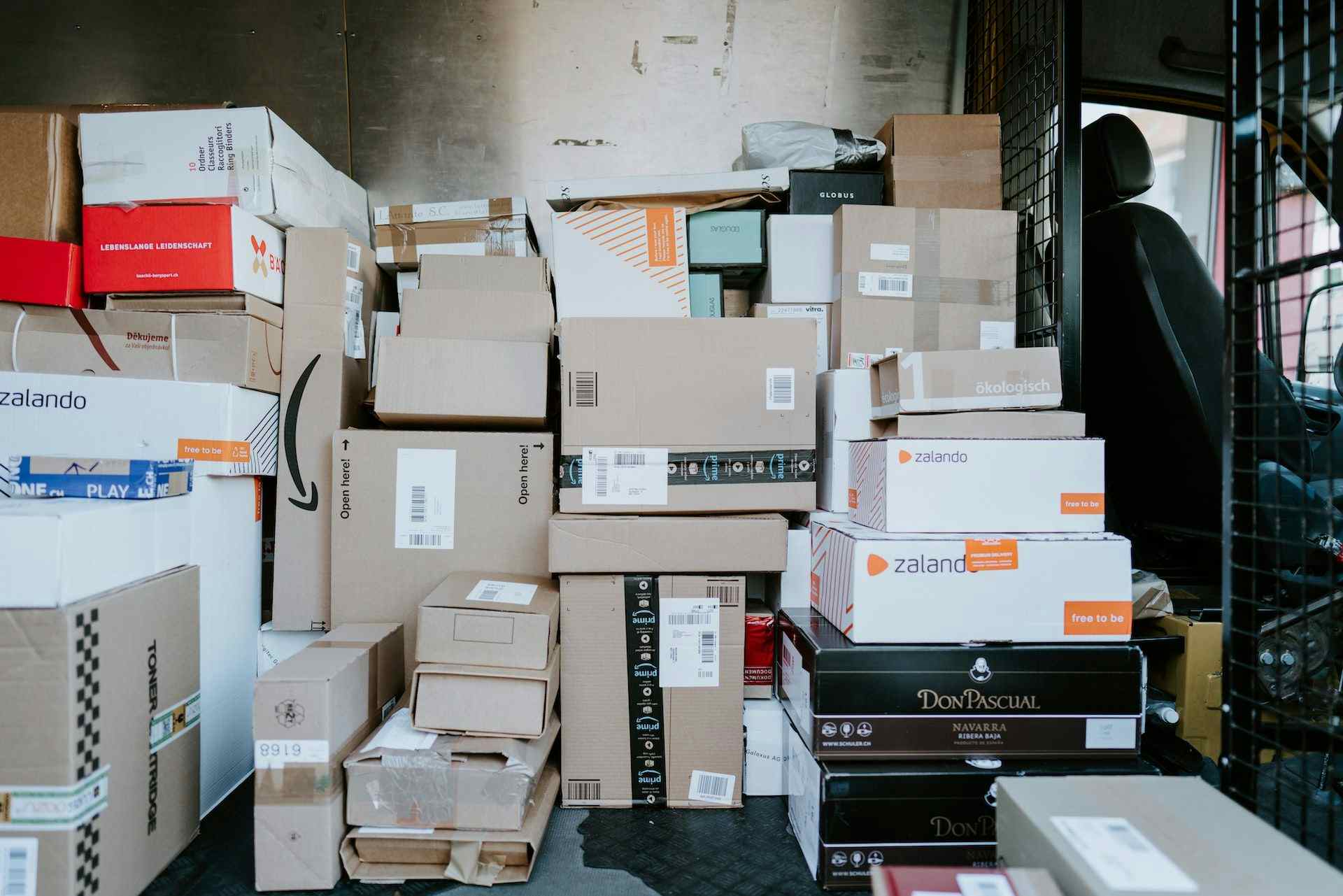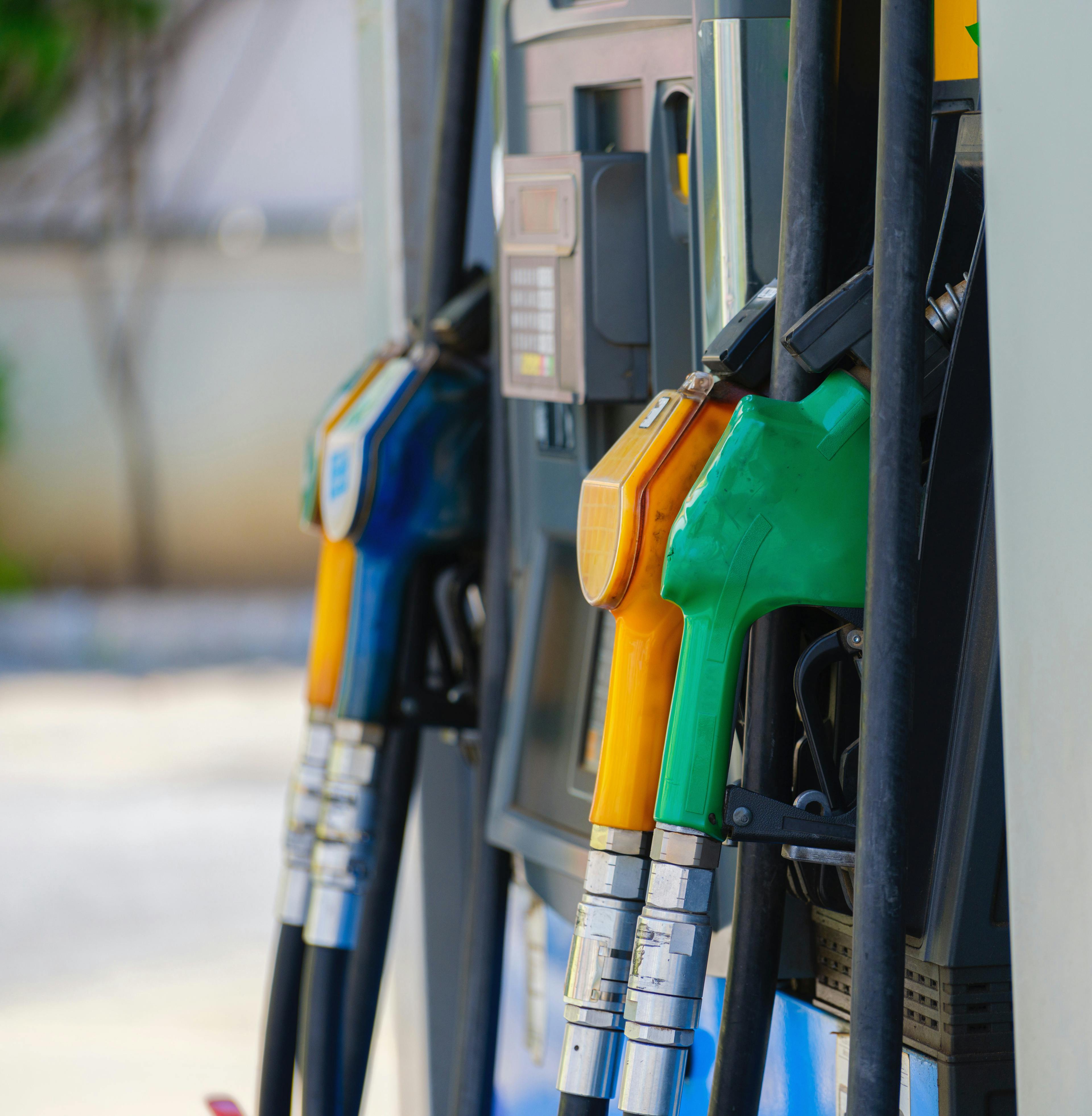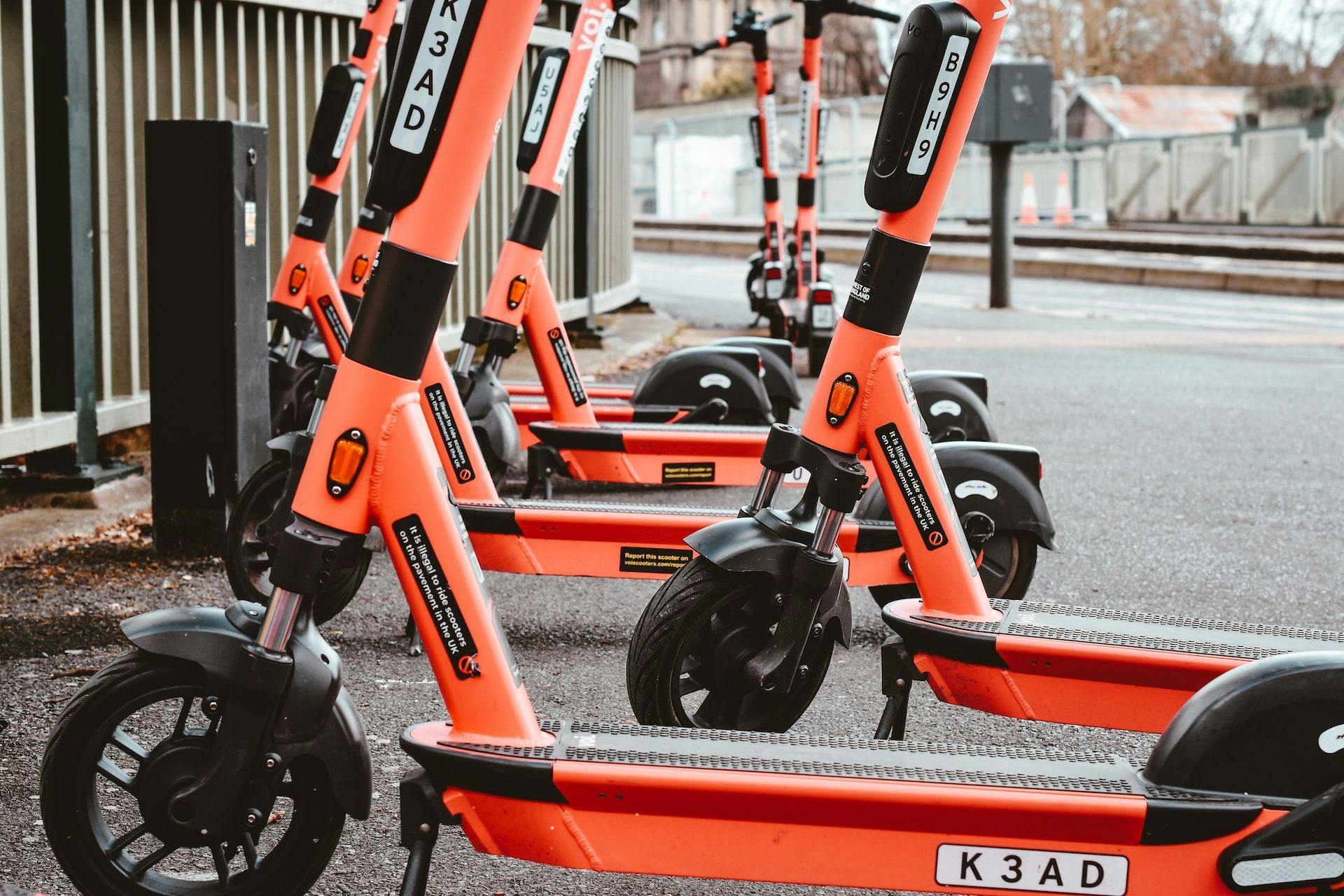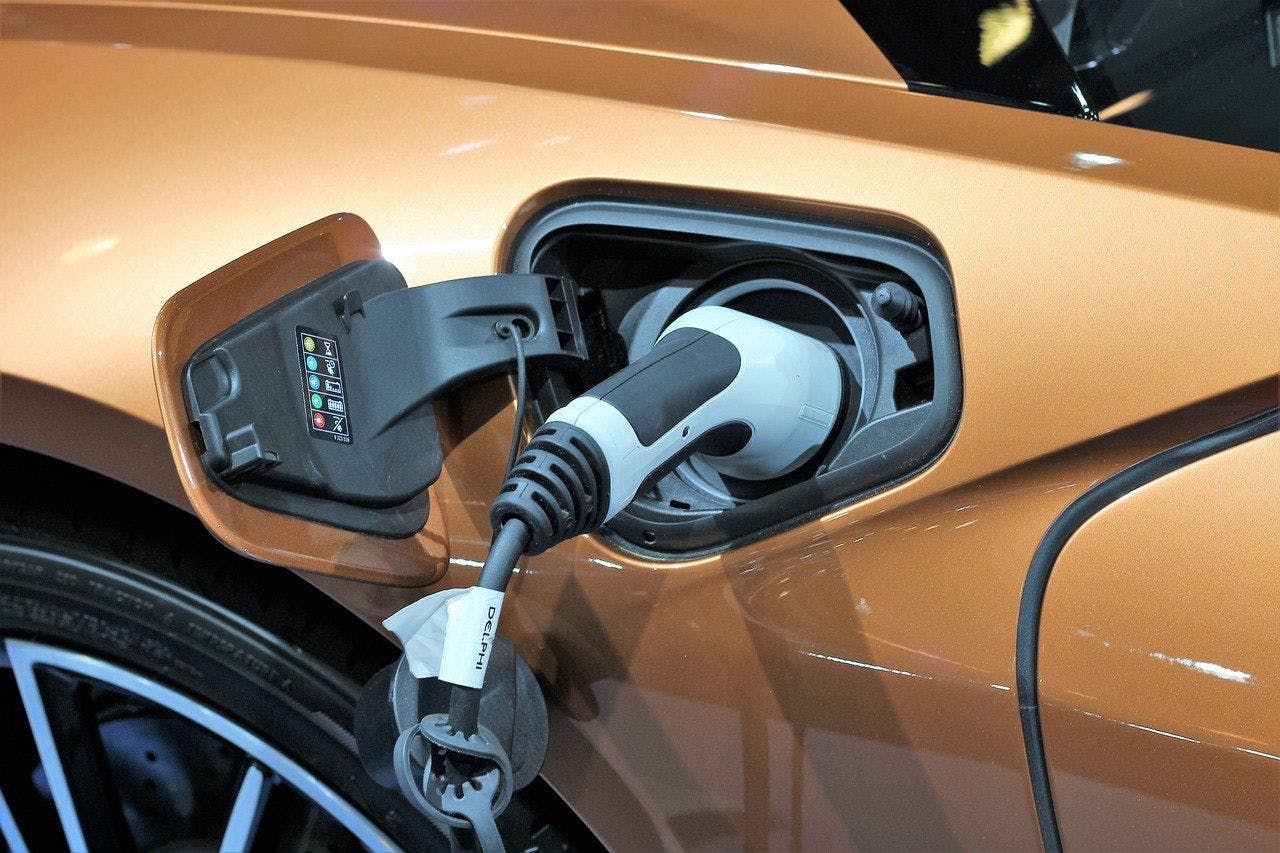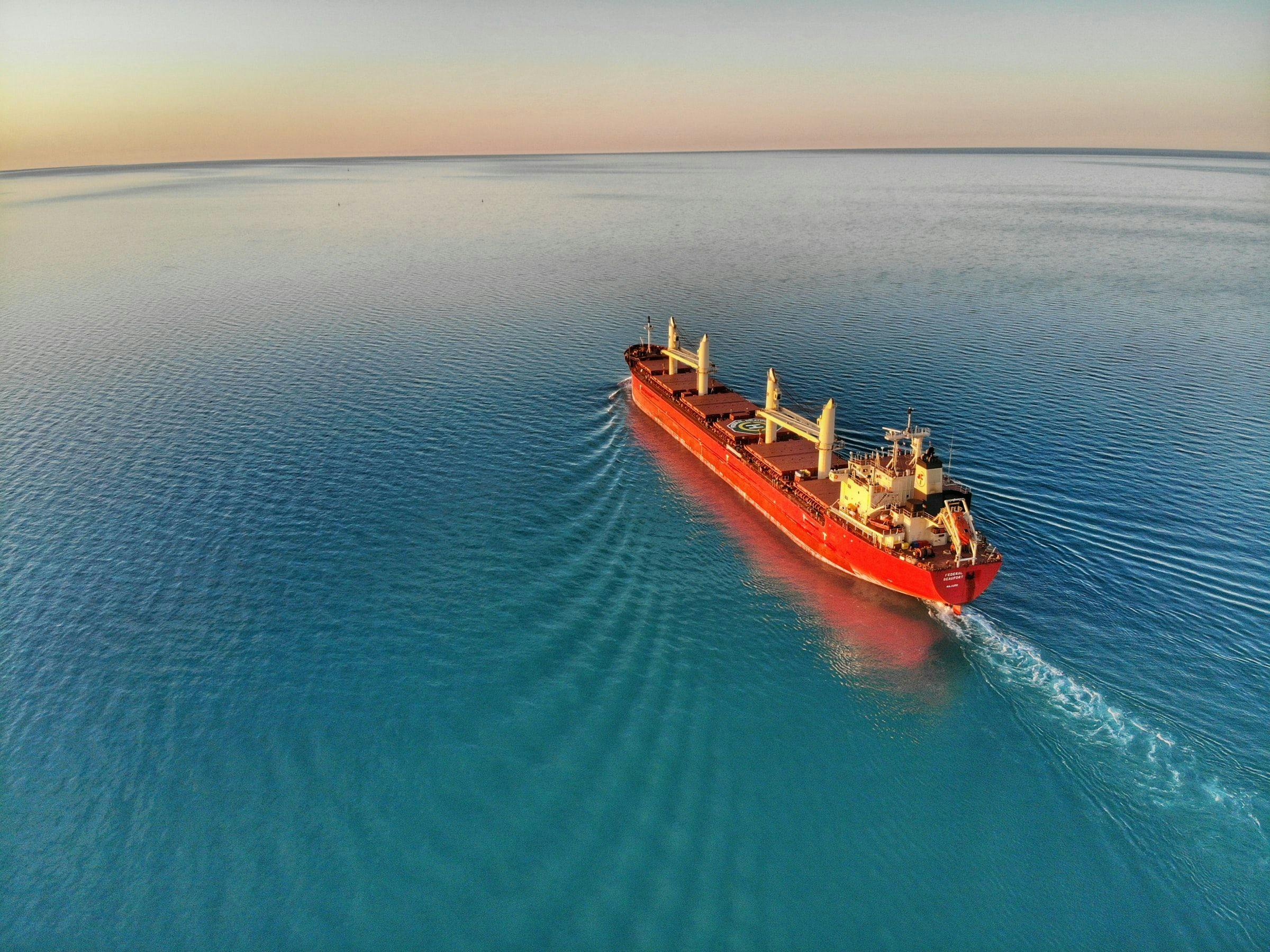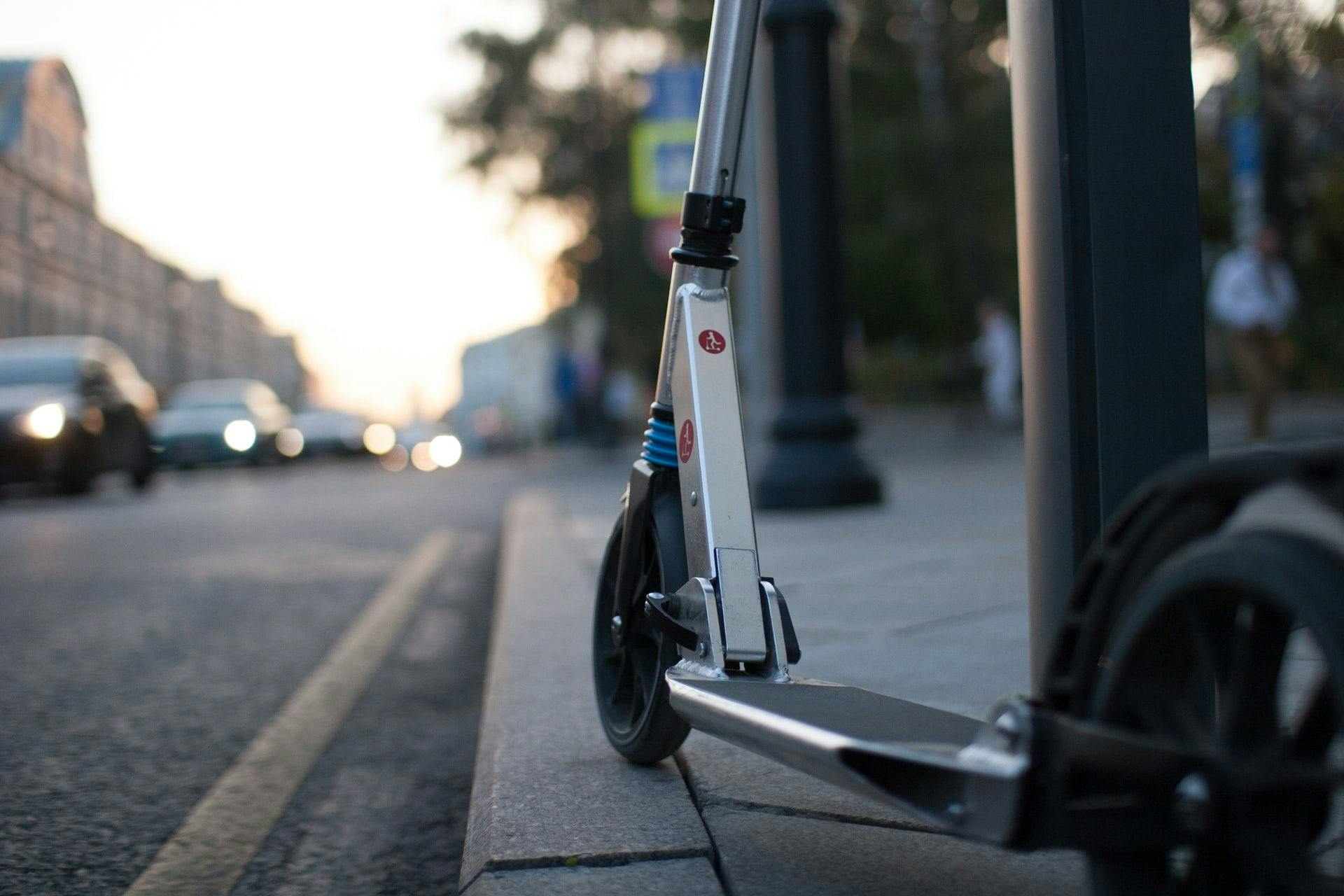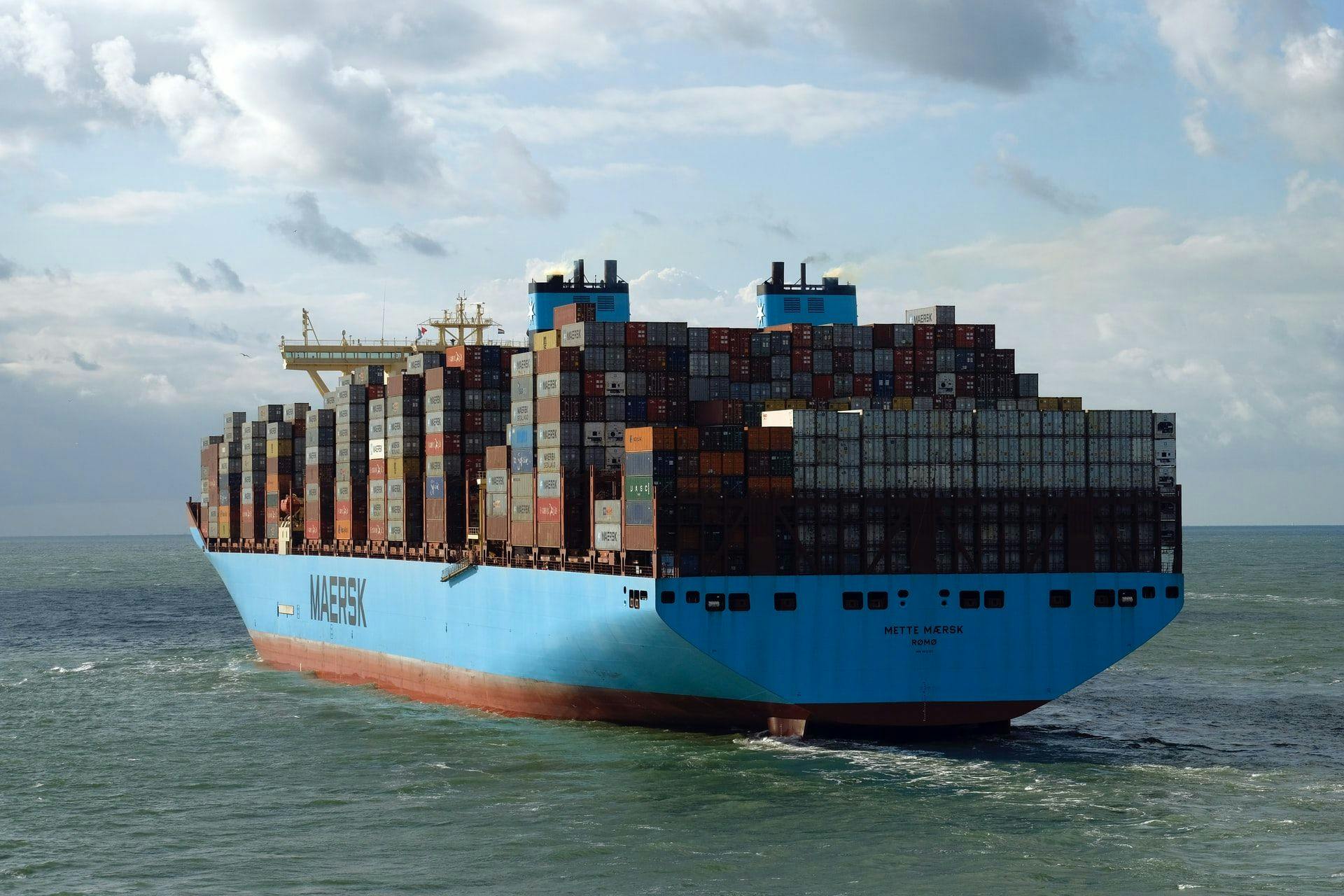Black Friday, good deals for everyone except the climate
In the run-up to Black Friday and the holiday season, online sales are breaking all records and increasing by more than 60% compared to a regular day[1]. Democratized and boosted by the pandemic, e-commerce has managed in just a few years to establish itself as a lasting trend: online sales represent about 17.1% of global sales in 2022, and could continue to grow to 21% in 2025. This year, one billion packages were delivered in France, or 4 million per day: mainly clothes, household appliances or connected devices.
This new shopping dynamic raises questions about its impact on the climate, because although e-commerce may result in a range of situations more or less emissive than conventional in-person purchases (see our previous article), its extremely rapid development leads to an increase in transport emissions, especially air freight.
E-commerce, a new international logistics chain that favors air freight
Unlike in-person shopping where goods are transported to meet the regular demand of stores, packages from online purchases must adapt to demand. Hence, air freight has accounted for 80% of cross-border e-commerce shipments in 2021, according to IATA [2], as it enables reductions in transit time of goods and avoids breaks in the logistics chain.
On a global scale, while the volume of freight transported could increase by 29% by 2026 [3],air freight is expected to double, thanks in particular to e-commerce [4]. Air freight currently represents only 0.5% of the total volume of goods transported, in tons.km [5], but is developing strongly, to meet the demands of consumers who are always in a hurry. Thus, air freight actors are seizing this opportunity:
- Aircraft manufacturers are developing new giant cargo planes [2] to respond to the e-commerce boom ;
- Carriers, such as Fedex, are investing heavily in the addition of sorting centers in airports, estimating that e-commerce is responsible for 80% of the growth in parcel transport [6];
- Online shopping companies, like Amazon, are investing in their own airlines (Amazon Air).
Products bought online are therefore more likely to be transported by air, which can have a considerable impact on the climate (see graph below). Indeed, with 0.5% of the goods shipped by air, air transport accounts for 17% of the greenhouse gas emissions of freight, including non-CO2 effects [7]. The increase in air freight could generate an increase in annual freight transport emissions of 240 MtCO2e by 2026 [8], which is equivalent to 1/3 of the carbon footprint of French people [9].
As an example, for a small portable speaker, the carbon impact of its manufacture without transport is 8 kgCO2e [10]. If this speaker is shipped by plane from a manufacturing plant in Indonesia to a warehouse in Paris, the emissions associated with transport amount to 6.3 kgCO2e [11], compared to 0.1 kgCO2e if it were shipped by boat [12].
From the warehouse to the final consumer, the shipping of e-commerce packages can also be a source of significant emissions
After being shipped internationally, e-commerce packages must then be delivered to the final consumer, which also raises new climate issues:
- The "last mile "* is dominated by combustion-engine light commercial vehicles (LCVs), which are well suited to delivery in urban areas, but have high emissions (see graph). The size of the vehicle has a major impact on emissions (the larger the vehicle, the more emissions are amortized in relation to the payload), which argues in favor of modes of transport such as heavy goods vehicles, which are more commonly used in the context of in-person shopping. And while some players have less emission-intensive deliveries using electric vehicles or even cargo bikes, these are often options available to urban areas only, where the consumer could have gone shopping on foot or by bike anyway.
- Emissions from the transport of a product are strongly linked to the vehicle's occupancy rate. Since e-commerce deliveries are often individualized to meet the time constraints imposed by consumers, these vehicles are generally not very full, especially for fast deliveries, which are at the heart of online sales strategies.
Thus, in the "last mile "*, e-commerce is often more emissive than traditional shopping, except when compared to a person who would go alone in a combustion-engine car to a store to buy the same product.
While the transport sector is the leading source of emissions in France and is struggling to reduce its emissions, the development of e-commerce is generating an increase in emissions associated with the transport of goods. With ever-increasing time constraints, traditional modes of shipping such as boats are being replaced by new, more carbon-intensive modes: airplanes or direct delivery. To counter this phenomenon, everyone has a role to play (see our previous article. As difficult as it will be to not give in to the “Black Friday” deals, the fight against climate change rather invites us to let go of the consumerist urges triggered by such commercial strategies ... and to ask ourselves if this half-price food processor is really necessary.
---
*Semantics that should not be interpreted literally: the last leg of a delivery is usually longer, since it connects the last logistic warehouse, typically located in the suburbs or outskirts of the cities, to the final customer, potentially much further than one mile from the warehouse.
Contact us
Contact us about any question you have about Carbone 4, or for a request for specific assistance.
